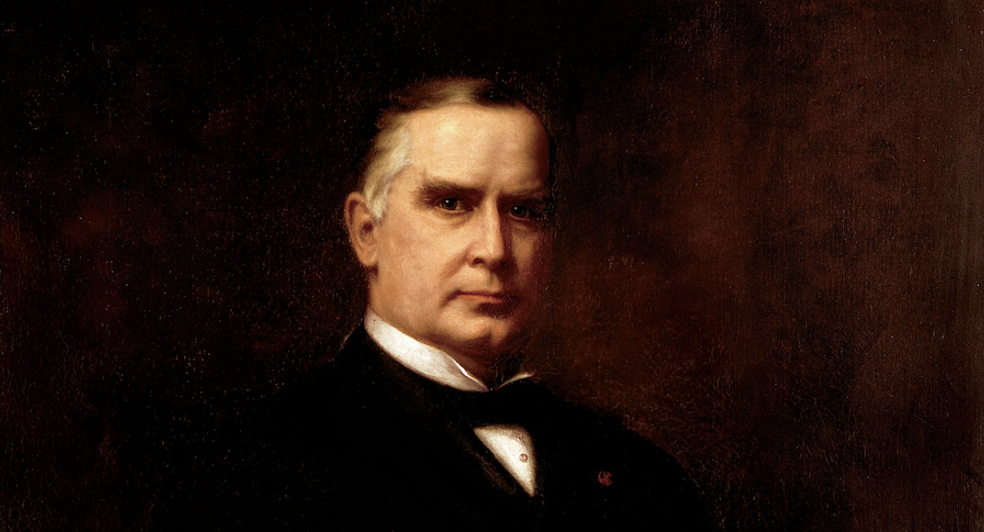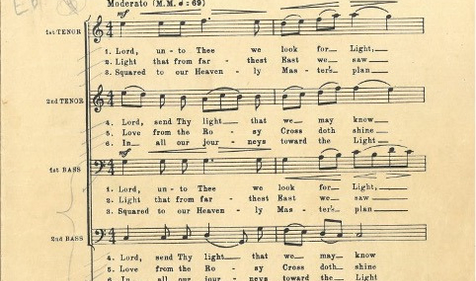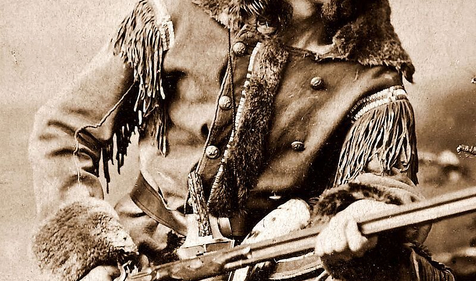Explore the remarkable life of President William McKinley, including an in-depth look at his journey as a Freemason and how Masonic values influenced his leadership and legacy.
“Strong hearts and helpful hands are needed, and, fortunately, we have them in every part of our beloved country.” – Brother William McKinley
Freemasonry emphasizes high moral standards and ethical behavior. Members are encouraged to practice integrity, honesty, and fairness in all aspects of life, which are essential qualities for good leadership. And because Freemasons are taught to strive for self-improvement, and build camaraderie with each other, we understand the value of mentorship, collaboration, and serving our communities. It’s no coincidence that so many trailblazers and prominent leaders from history have been Freemasons.
Among the tradition of great and impactful men who have graced our fraternity, Brother William McKinley stands tall as a decisive leader who first put America on the road to world power and ushered in the era of world leadership that we still see today. He took office during a transformative period in American history, leaving a lasting impact on the nation's economic and international standing. His presidency began during an economic downturn, but he implemented policies that led to a period of significant economic growth. His support for high tariffs protected American industries and contributed to an economic recovery that, along with his international diplomacy, helped define the United States as a burgeoning world leader.
The Boy from Ohio
Brother William McKinley Jr. was born in 1843 in Niles, Ohio, the seventh of nine children of William McKinley Sr. and Nancy Allison McKinley. The McKinleys originally settled in western Pennsylvania before moving to Ohio, where McKinley Sr. operated iron foundries and instilled a strong work ethic in his children. The family was deeply rooted in Whiggish and abolitionist beliefs, influenced by their staunch Methodist faith.
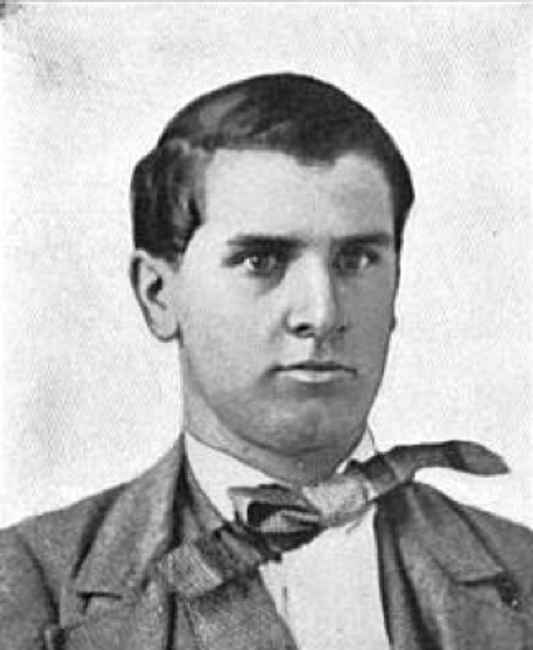
Education was hugely important in the McKinley family, and in 1852, they moved to Poland, Ohio, for access to better schools. Brother McKinley graduated from Poland Seminary in 1859 and briefly attended Allegheny College before health issues and financial difficulties forced him to return home, where he worked as a postal clerk and schoolteacher.
In the Union Army
Brother McKinley enlisted in the Union Army as a private in 1861, at the age of 18, shortly after the outbreak of the Civil War. He joined the 23rd Ohio Volunteer Infantry Regiment, where he served under future President Rutherford B. Hayes. The young man’s dedication and bravery quickly earned him recognition and promotions as he participated in several key battles, including Antietam, South Mountain, and Cedar Creek. His composure under fire was particularly noted at the Battle of Antietam, where he demonstrated exceptional courage by delivering hot coffee and food to soldiers on the front lines amidst heavy fire.
Brother McKinley advanced rapidly through the ranks and was ultimately promoted to brevet major by the war’s end in 1865. His exemplary conduct and leadership were instrumental in his rise, earning him the respect of his peers and superiors. The discipline, leadership skills, and camaraderie Brother McKinley developed during his military service profoundly influenced his later political career, shaping his approach to leadership and governance.
A Fraternity Man
Brother McKinley found Freemasonry during the war, receiving the first three degrees in 1865 at Hiram Lodge No. 21 in Winchester, Virginia. The story goes that while at a banquet in New York, Brother McKinley witnessed a friendly exchange between a Union doctor and wounded Confederate soldiers. The doctor explained to Brother McKinley that the soldiers were “Brother Masons,” to which McKinley is said to have replied, “...if that is Masonry, I will take some of it myself.”

After the war ended, Brother McKinley returned to Ohio. He became affiliated with Canton Lodge No. 60 and Eagle Lodge No. 431; the latter being renamed William McKinley Lodge No. 431 in 1901 (and remains active to this day). But his involvement in fraternal groups did not end with the Blue Lodge; Brother McKinley was a member of Sigma Alpha Epsilon, Grand Army of the Republic, Military Order of the Loyal Legion, Knights Templar, Royal Arch Masonry, and Knights of Pythias.
Later in 1901 during his presidency, Brother McKinley attended an event hosted by California Commandery No.1, Knights Templar, in San Francisco with his wife Ida. He addressed a crowd that included 1,400 Knights Templar, thanking his "Brother Masons" and speaking about brotherhood in the context of American citizenship and the preservation of liberty.
Legal and Political Career
After the Civil War, Brother McKinley pursued a legal career, studying law in Albany, New York, and then returning to Ohio to practice in Canton. His legal acumen and commitment to public service positioned him for a career in politics, which began in earnest when he was elected as the prosecuting attorney of Stark County, Ohio, in 1869. His effectiveness in this role laid the groundwork for his subsequent election to the U.S. House of Representatives in 1876. He quickly became known for his expertise in economic matters, particularly his staunch support for protective tariffs to shield American industries, which culminated in the McKinley Tariff of 1890.
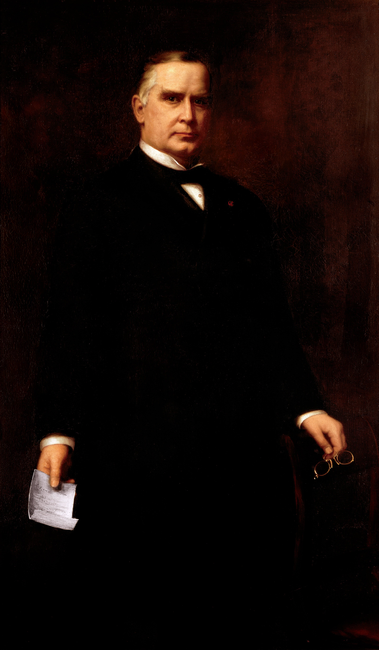
The following year, Brother McKinley was elected Governor of Ohio, a position in which he spent two terms championing progressive labor policies and fiscal conservatism. His leadership during economic difficulties and his ability to mediate labor disputes augmented his reputation on the national stage. He notably created a system of arbitration designed to settle labor disagreements despite the opposition from many people in his own party. By the time his term ended, he had added successful congressional and gubernatorial experience to his resume and became popular in the Republican Party. Brother McKinley was now positioned to make a run for the White House in 1896 as the Republican candidate.
President William McKinley
Brother McKinley's presidency, from March 4, 1897, to September 14, 1901, was marked by significant achievements and pivotal events that shaped American history. Upon taking office during an economic downturn, Brother McKinley quickly called a special session of Congress to revise customs duties upward which culminated in the Dingley Tariff of 1897, which was the highest in the country’s history to that date and led to substantial economic growth. A defining moment of his presidency was the Spanish-American War in 1898, prompted by the explosion of the USS Maine. The swift victory against Spain resulted in the acquisition of Puerto Rico, Guam, and the Philippines, signaling the U.S.’s emergence as a global power.
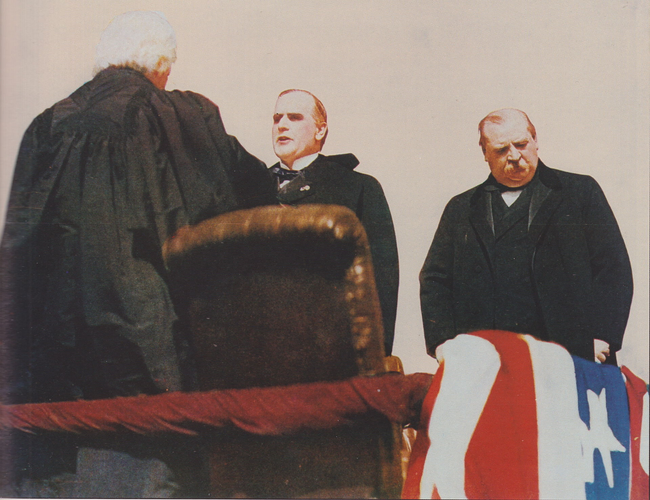
Brother McKinley's administration also saw the annexation of Hawaii in 1898, expanding American influence in the Pacific. He supported the Open Door Policy, which ensured equal trading rights in China and preserved its territorial integrity, significantly shaping U.S. foreign policy in Asia. The Gold Standard Act of 1900, which Brother McKinley signed, established gold as the sole basis for redeeming paper currency and proved to be a stabilizing force for the economy and boosted investor confidence.
Reelected in 1900, Brother McKinley chose Brother Theodore Roosevelt as his running mate, capitalizing on his popularity as a war hero and reform-minded leader. Brother Roosevelt, also a Freemason, shared Brother McKinley's Masonic values of brotherhood and service. Brother McKinley intended for his second term to stay the course and maintain focus on economic growth and international expansion. However, Brother McKinley tragically didn’t finish his second term as his life was cut short when he was assassinated by anarchist Leon Czolgosz.
Death and Legacy
Brother McKinley was shot on September 6, 1901, while attending the Pan-American Exposition in Buffalo, New York. He was greeting the public at the Temple of Music when Czolgosz approached and shot him twice in the abdomen. Despite immediate medical attention, Brother McKinley's condition worsened, and he succumbed to his injuries on September 14, 1901.
Naturally, Brother McKinley's assassination shocked the nation and underscored the vulnerabilities faced by public figures. His death led to increased security measures for future presidents and a renewed focus on addressing the threats posed by anarchists and other extremist groups. In just a few short years, Brother McKinley had greatly expanded American influence on the global stage, fostered economic growth, and established enduring policies. The selection of Brother Theodore Roosevelt as Vice President ensured the continuation of McKinley's progressive legacy, as Brother Roosevelt built upon the foundations laid during McKinley's transformative presidency.
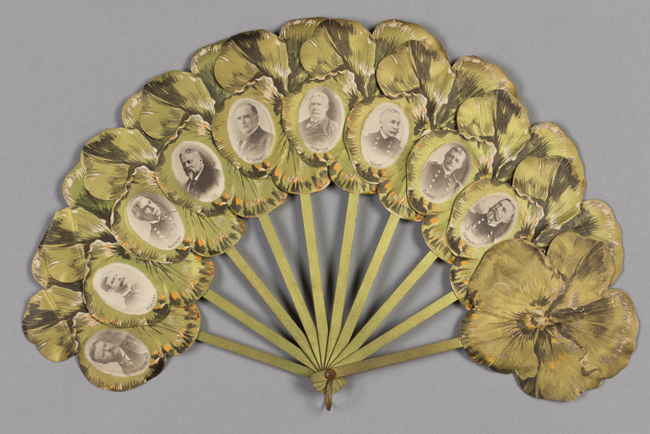
His commitment to the Masonic values of integrity, brotherhood, and service underpinned his actions and legacy. The Knights Templar marched in Brother McKinley’s funeral procession in Canton, Ohio, on September 19, 1901. In recognition of his life and many accomplishments, several monuments and memorials have been erected in Brother McKinley's honor. The most notable is the McKinley National Memorial in Canton, Ohio, where he and his wife, Ida, are interred. The memorial consists of a grand dome and a mausoleum, surrounded by beautiful gardens and a reflecting pool. Additionally, the McKinley Monument in Buffalo, New York, stands near the site where he was shot, serving as a reminder of his tragic death and lasting impact.
Related Stories
Discover additional Scottish Rite blogs and news on this topic.
